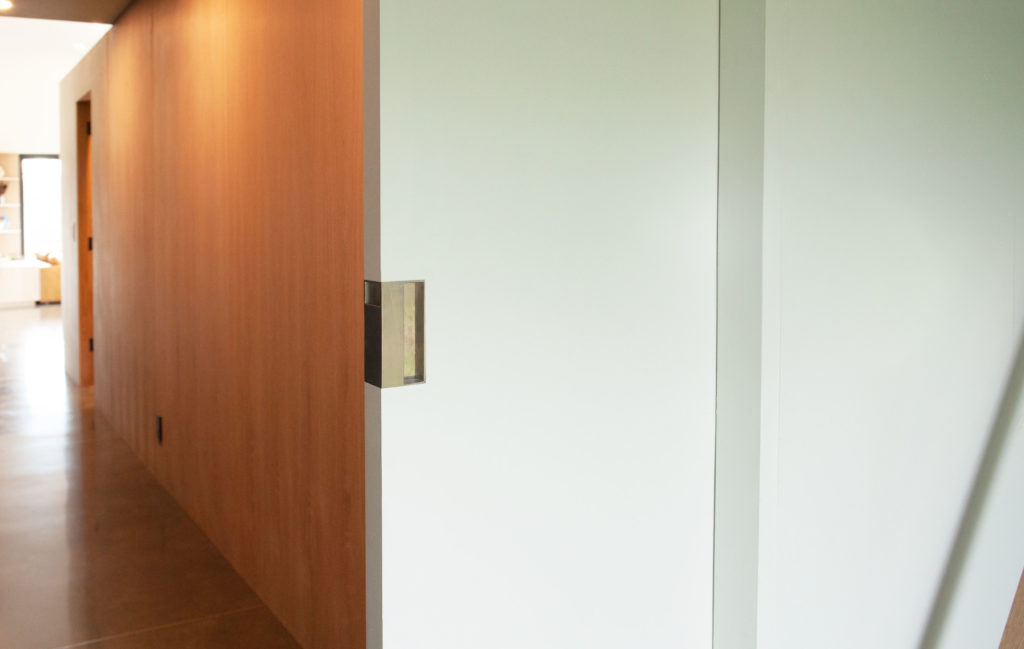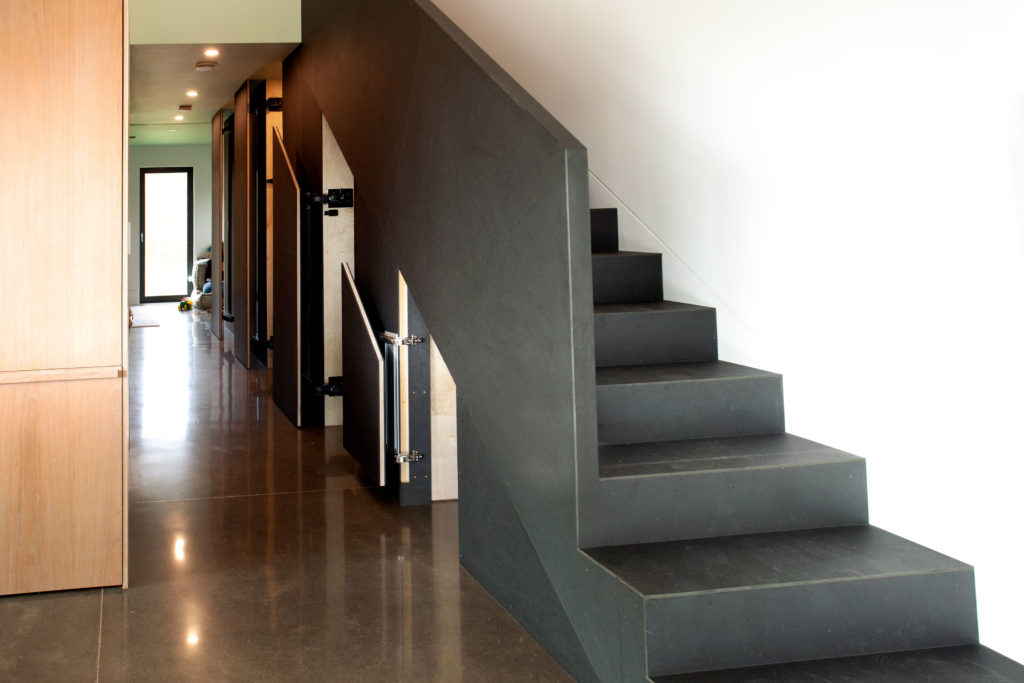Lastly, is thermal comfort which the standard is no more than 10% of day hours can exceed 25° C. Because of the minimal airflow, passive homes incorporate an E.R.V. or H.R.V. which consists of tubing that is ran to and from the unit throughout the house which recirculates the air. These mechanical ventilation systems are crucial to preserve healthy air quality indoors ensuring that the proper amount of oxygen is being disbursed throughout your home and that contaminants such as carbon monoxide and methane are removed. Combined with better insulation, construction of walls and triple pane windows, not only is thermal bridging reduced but there is an acoustic benefit as noise from outside is also reduced.
We had a chance to catch up with Everett during this visit to explore his passive home inspired build and to check out his homes cool features including some of our hardware.
When I first moved out to the Hudson Valley, I lived with Jeni in the original 1850’s farmhouse and let me tell you, in the Winter, it was so cold. We were consuming an incredible amount of oil just to heat the place so I started researching ways to make the house more efficient. Then I came across the Passive Home concept and fell in love with the science of it.
Sugatsune: That’s crazy, so you come across this concept and decide, hey, I’m going to go build a house?
Everett: Well, sort of. It really started when Jeni and I got married, in fact, our ceremony was exactly where we built this house. We loved it so much we decided we wanted our home to be located there. My first job out of college was as a Personal Assistant to an Architecture Critic and from that time, I’ve always dreamed about designing and building my own house. We also own a few rental properties which allowed me to build up my skills starting from small repairs to taking on larger restoration projects. Overtime, I continued to study the craft and learning building codes and became an avid follower of Matt Risinger and The Build Show. Matt is great and I learned so much watching his videos and reading his blog posts. In fact, many of the products, tips and tricks that used on this project, came directly from his videos! He’s incredible.
Sugatsune: Is that where you found our products?
Everett: Actually yes, I was watching his video on hidden hinges, the one with the hidden doors he built under the staircase. That’s really where I got the base design for our staircase. As we were designing though, we felt that having hidden swinging doors wasn’t practical because if left open; it would block the hallway. As I was researching the HES3D-E190’s which Matt used in his build, I came across Sugatsune’s LIN-X Lateral Door Opening System and was like wow, this could work.
Sugatsune: You incorporated more Sugatsune products, in fact, I see you used the new Push-to-Open Door Latch (ML-ZN80) in conjunction with our LIN-X800. In doing this, don’t you lose the soft-closing benefits of the lateral door system?
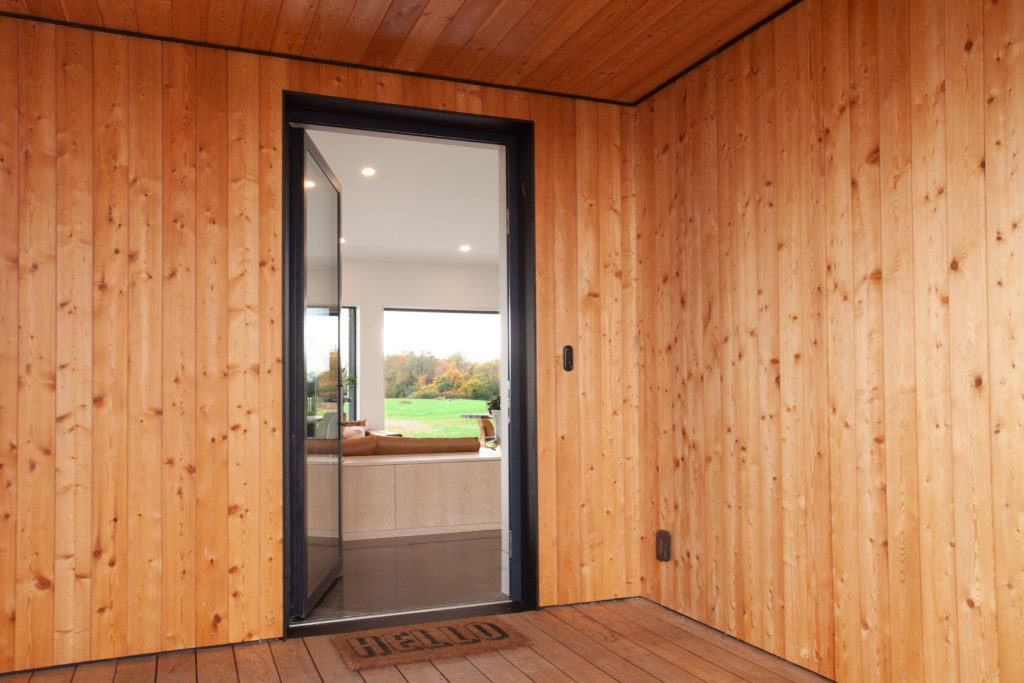
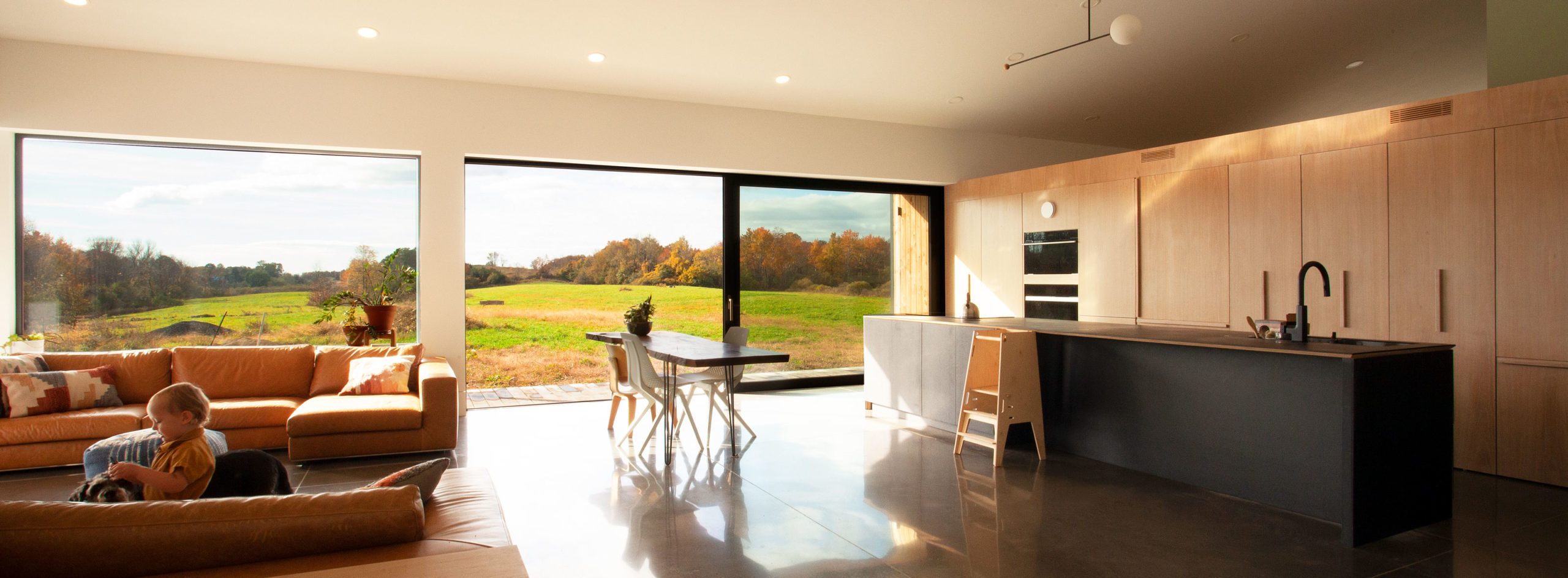
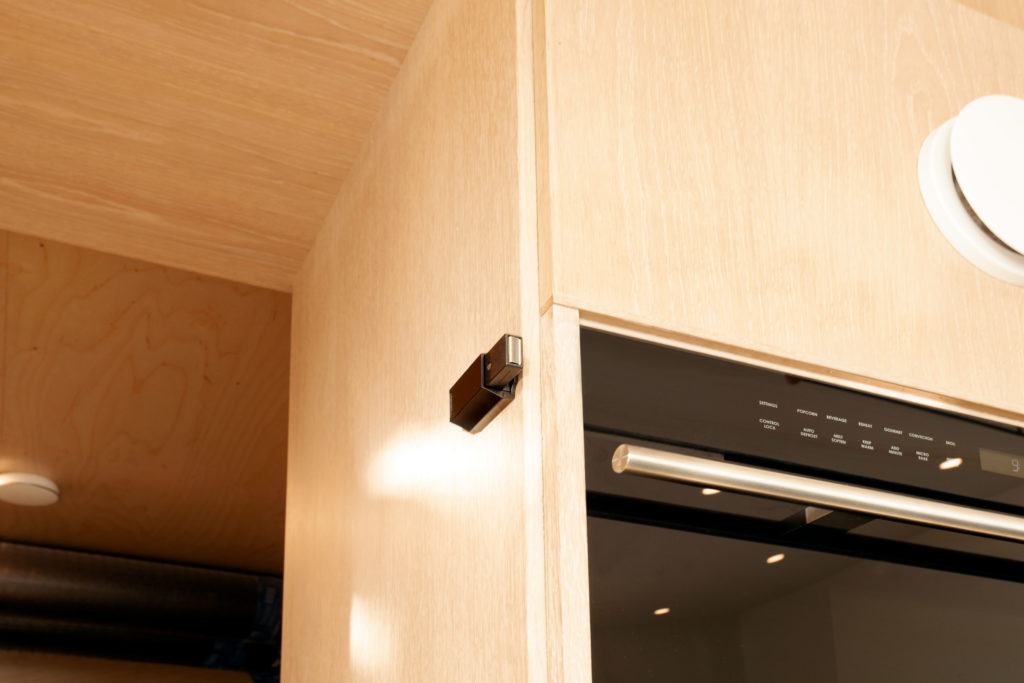
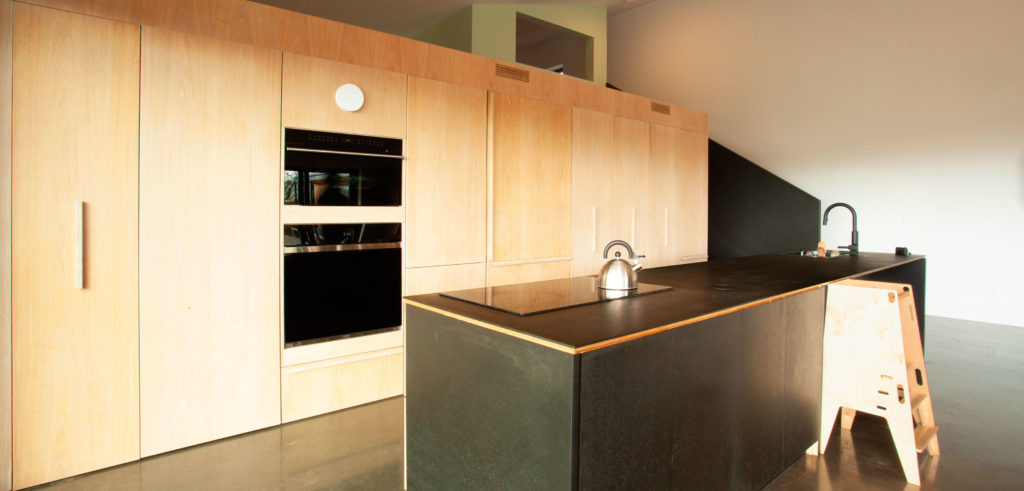
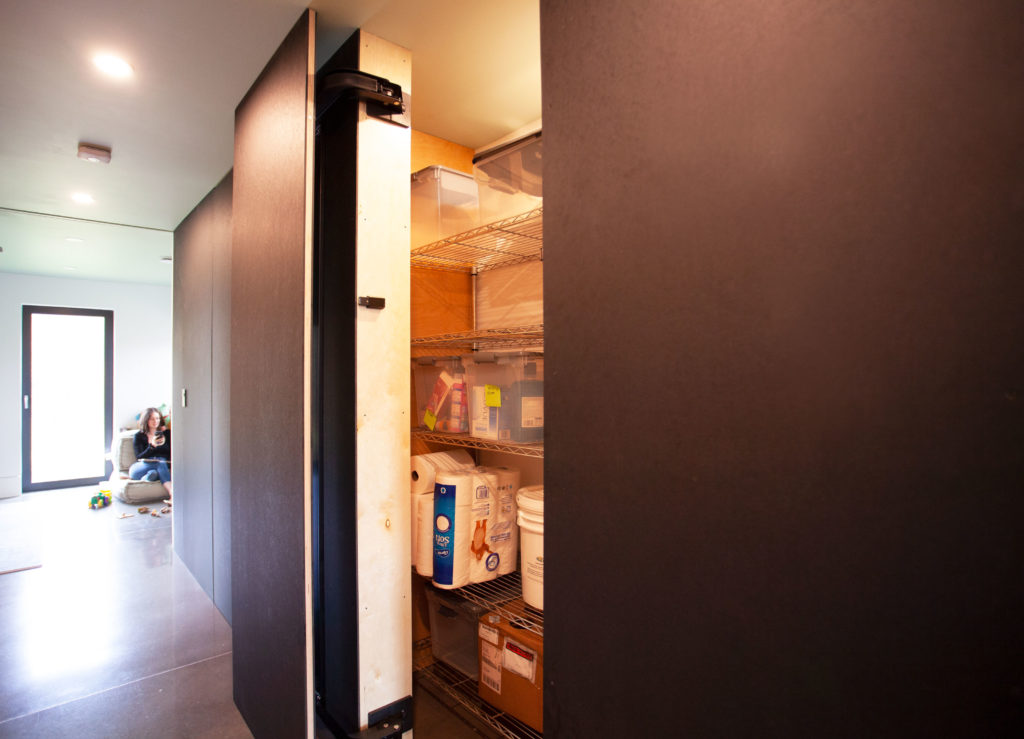
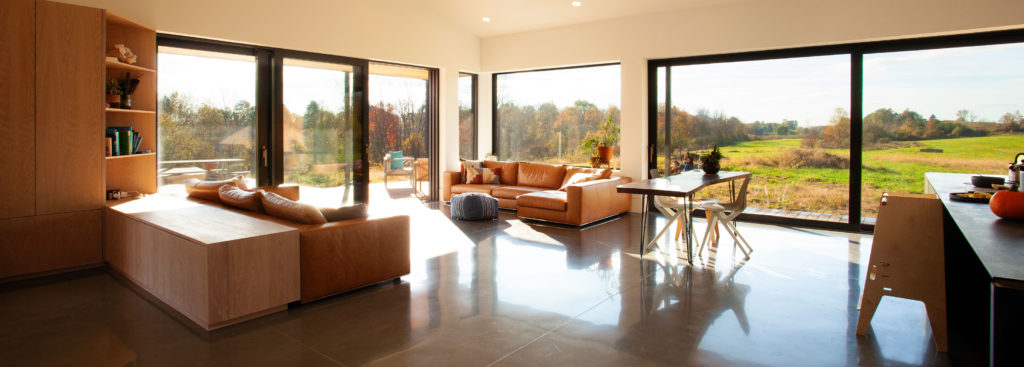 Seeing this beautiful house was a true experience overall, not only the scenic view on a beautiful fall day but seeing our products in place as a solution to the Kramer’s extraordinary home and seeing the challenges they overcame in the process of creating it. Sugatsune is always looking at unique ways to help more builders overcome their challenges with our high-quality and sustainable products that can offer the best space saving solutions.
Seeing this beautiful house was a true experience overall, not only the scenic view on a beautiful fall day but seeing our products in place as a solution to the Kramer’s extraordinary home and seeing the challenges they overcame in the process of creating it. Sugatsune is always looking at unique ways to help more builders overcome their challenges with our high-quality and sustainable products that can offer the best space saving solutions.
